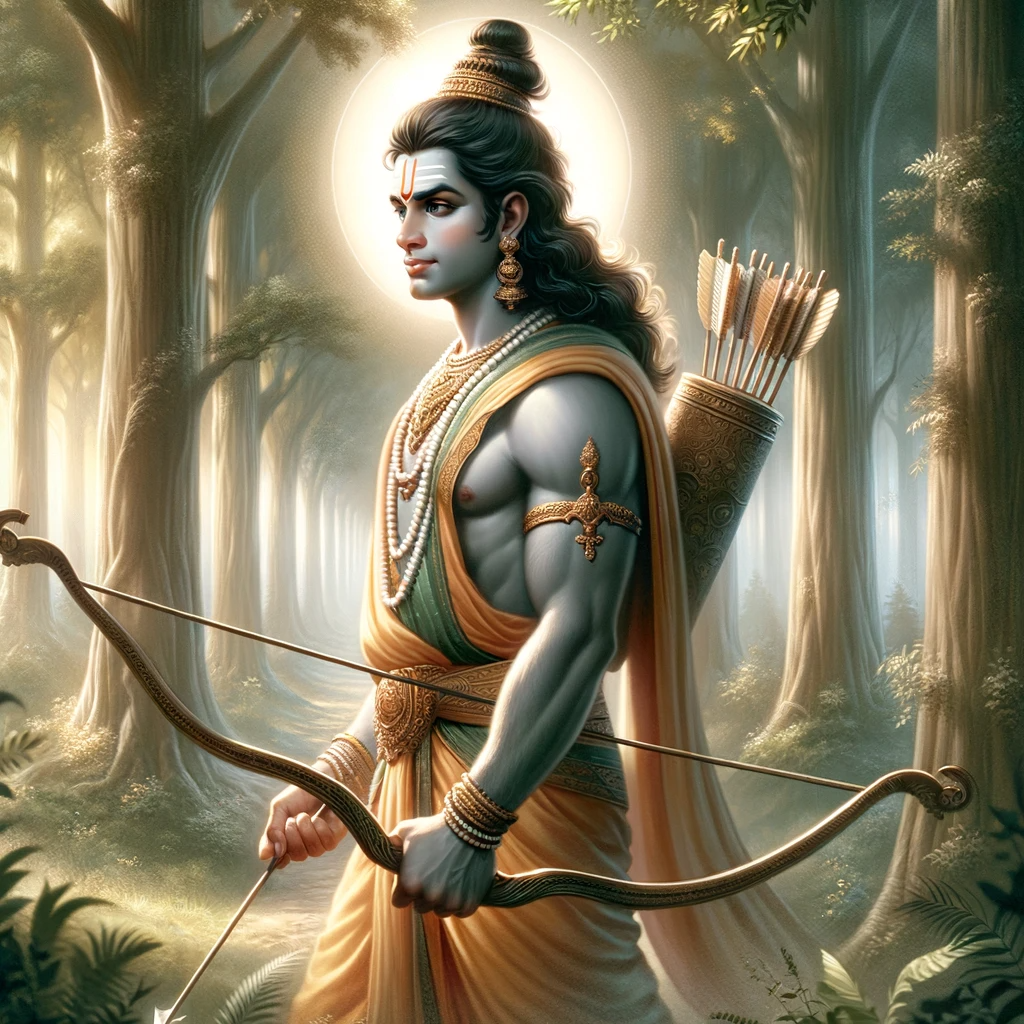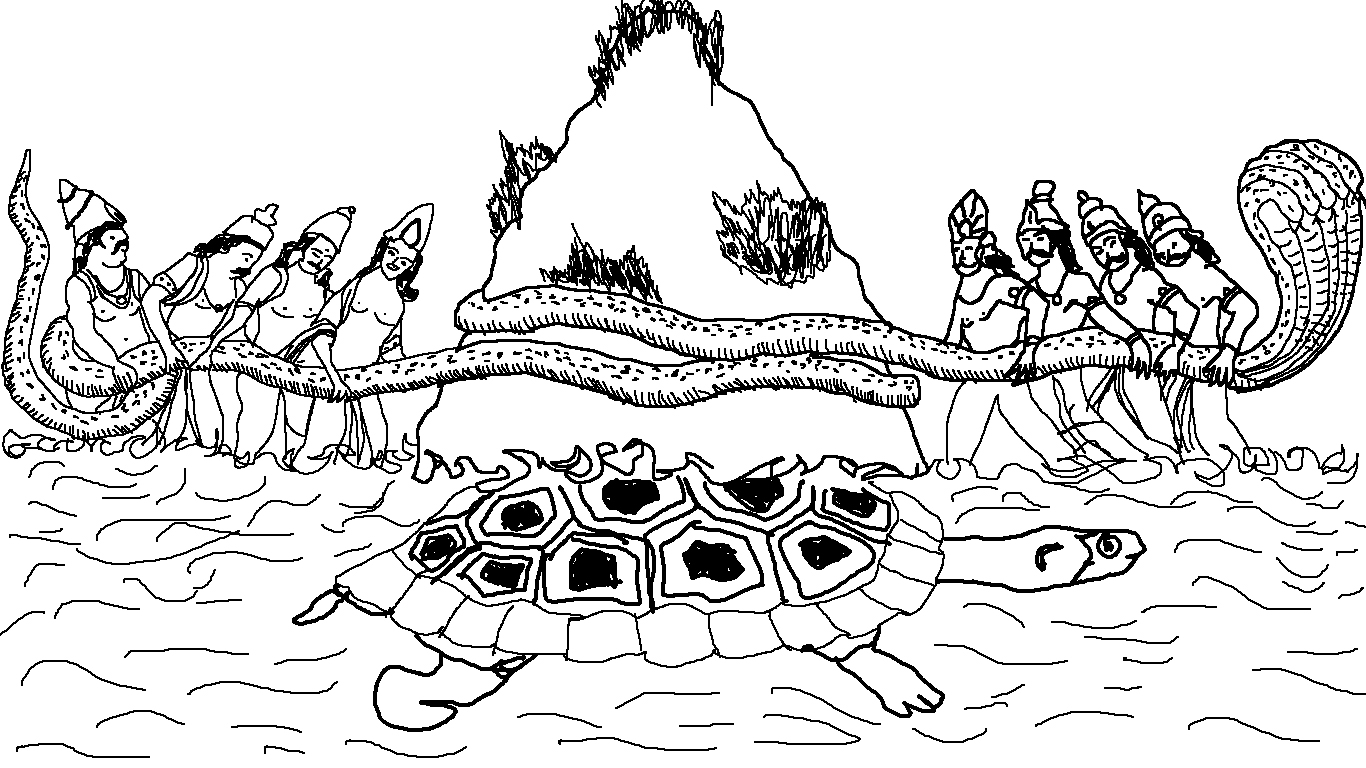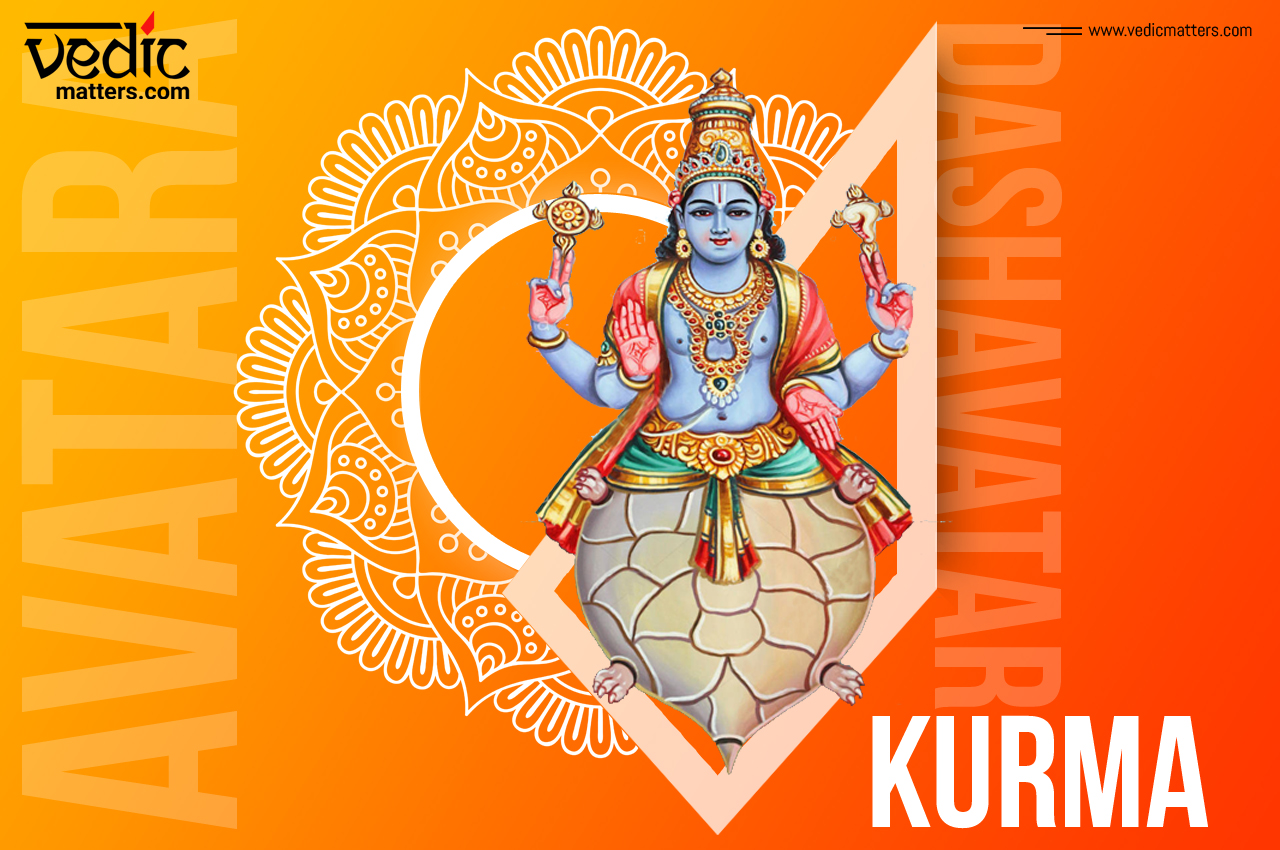The Enduring Legacy of Lord Rama: Symbolism and Life Lessons

The stories about the great avatars of Lord Vishnu have entertained and guided many people in their lives. There are great lessons to be learned from these seemingly small and simple stories of Lord Vishnu’s each and every avatar.
Just like any other incarnation of Lord Vishnu, Kurma avatar also has great significance attached to it that goes beyond a mere story.
The word Kurma literally means ‘tortoise’ or ‘turtle’. The second of his ten most famous incarnations, Kurma is the turtle form of Lord Vishnu who appeared during the churning of the ocean, commonly known as Samudra Manthan.
The avatar of Kurma is beloved not only for the great story that it makes for children but also for the many interpretations of symbolism that it carries. Before we get deeper into that, let’s learn the story of Kurma, the second avatar of Lord Vishnu.
If you are someone who is aware of various stories from Hindu mythology, you might be knowing that Lord Indra, the King of demi-gods and that of heaven wasn’t exactly known for his humility.
In his ignorance, Lord Indra once offended Rishi Durvasa, a sage of high regard but quite short-tempered. Rishi Durvasa had once presented Lord Indra with a garland but he (Lord Indra) instead put the garland on the head of his elephant Airavata.
Airavata was irritated by the smell of the flowers and threw it down, thus enraging the sage from such misconduct. Sage Durvasa then cursed Lord Indra that he would lose all his strength and his dominance over the three worlds would be brought down just as the garland was.
Even though Lord Indra tried his best to apologise, the curse was cast and sage Durvasa refused to forgive him. Soon after, all the gods started getting weaker and Lord Indra lost his throne to asuras - the demon race.
Afraid and humiliated by their defeat, gods turned to Lord Brahma for help who advised them to seek help from Lord Vishnu.

Lord Vishnu suggested Indra and other gods churn the ocean of milk to get Amrit - the nectar of immortality that would help them all gain their strength back. Gods were intimidated by the prospect of a task so humongous therefore Lord Vishnu suggested they take help from the Asuras.
To convince the asuras to help in the churning of the ocean, Gods promised to share the nectar of the ocean with them. It wasn’t long before the churning of the ocean started using mount Mandar as the churning stick, the axis of samudra manthan.
The problem, however, started when the mountain started sinking to the bottom of the ocean. It was at this crucial moment that Lord Vishnu incarnated himself as a giant turtle to support the weight of mount Mandar.
Soon many precious things came out of the ocean as did the nectar of immortality, amrit and the deadly poison halahal. While Halahal was consumed by Lord Shiva to ensure everyone’s survival, a fight soon broke out between gods and demons over amrit.
To ensure that the precious nectar doesn’t fall in the hands of selfish and destructive demons, Lord Vishnu took the form of enchanting Mohini. As Mohini, he enchanted gods and demons alike with his beauty and managed to trick the demons.
As Mohini, Lord Vishnu provided the real nectar to the gods and merely sweet water to demons, thereby, helping Lord Indra and other Gods in reclaiming their power.
Just like the mention of his very first incarnation, Matsya avatar, Kurma avatar’s origin is also found in puranic stories and scriptures.
Many academics and scholars believe that Kurma avatar symbolises equilibrium and a state of balance - something that keeps everything in balance by carrying the weight of conflict and self-reflection on its very back.
The ocean is symbolic of our consciousness and churning represents self-reflection and meditation. Self-reflection often results in two types of views, the positive and negative ones, both represented by amrit and halahal.
The gods and demons represent the two ends of good and bad human tendencies, signifying how human life is a constant tug of war between our good and bad choices and it’s both our good and bad choices that determine whether we get the nectar or the poison.
What’s more beautifully represented is how we may or may not have to drink the poison of our bad deeds, but we will definitely be deprived of the nectar of life if we don’t do the good.
Amid all of this, Kurma avatar signifies stability and strength, something that is achieved through strict discipline and withdrawal. A turtle can withdraw itself into its shell, away from the world - just as we must withdraw ourselves from the worldly illusions if we are to find moksha- or the nectar of life.
The second incarnation of Lord Vishnu is celebrated in India as Kurma Jayanti by Vaishnavs (devotees of Lord Vishnu) in most temples. It’s celebrated to commemorate the birth - incarnation - of his Kurma avatar.
Although all the temples celebrate Kurma Jayanti, its celebration is especially grand in ‘Sri Kurman Sri Kurmanadha Swamy Temple’ of Andhra Pradesh, attracting devotees from various parts of India.
There are some specific rituals associated with this festival which starts with a strict fast that devotees keep from the previous night itself and lasts the whole day. Those who observe this fast on Kurma Jayanti stay up all night chanting vedic mantras devoted to Lord Vishnu.
Apart from everything else, many devotees also donate money, clothes, food and sweets to Brahmins and poor people and pray to Lord Vishnu to remove all the obstacles from their lives and bring prosperity and peace.
Many people also consider Kurma Jayanti to be an auspicious occasion from shifting into a new home or starting the work of constructions.
Kurma Jayanti is one of the most beloved festivals for Vaishnavs all over the world who observe this day with enthusiasm and great devotion.
Get weekly updates on the newest articles, quotes and newsletters right in your mailbox. Subscribe now
